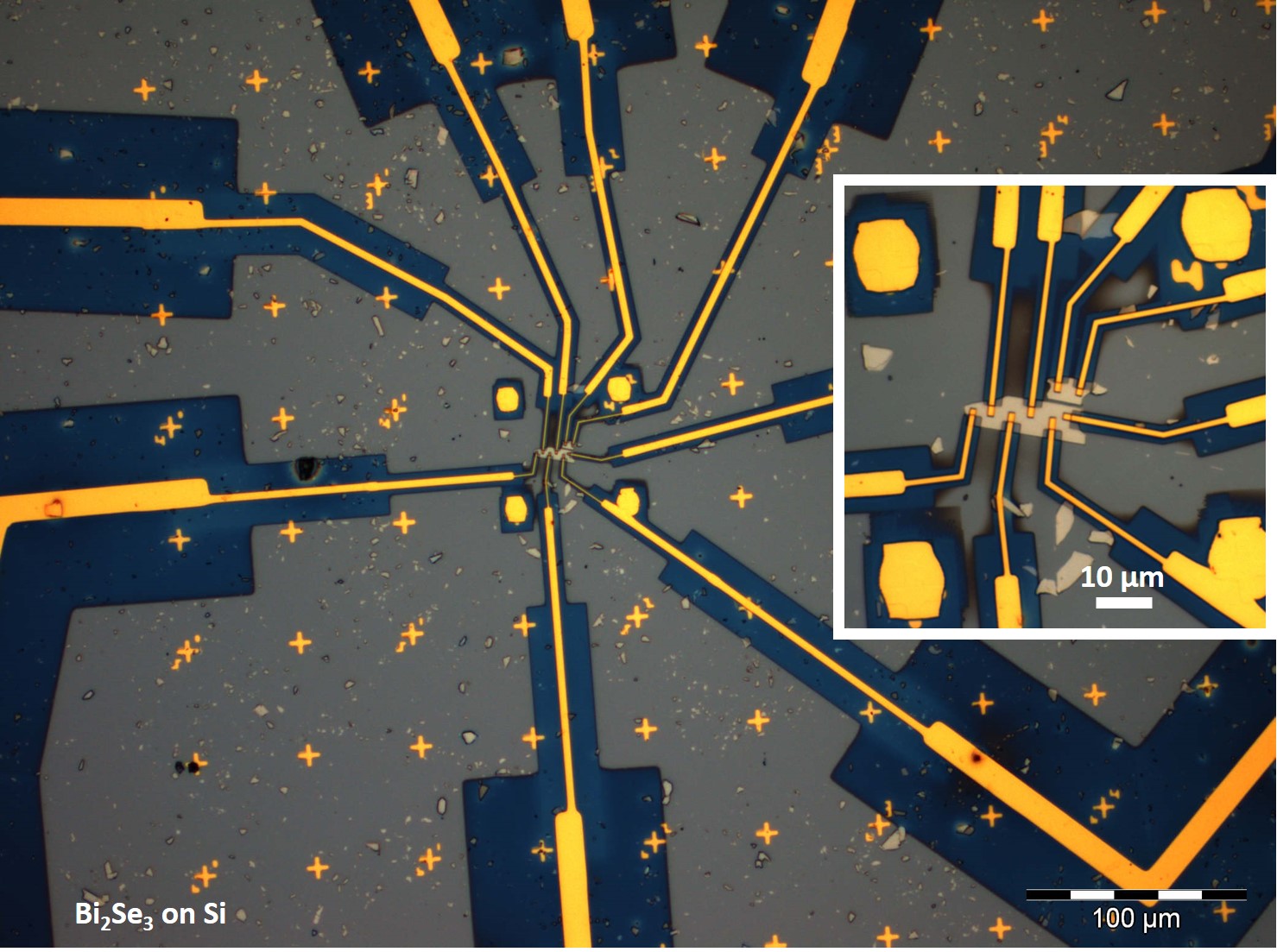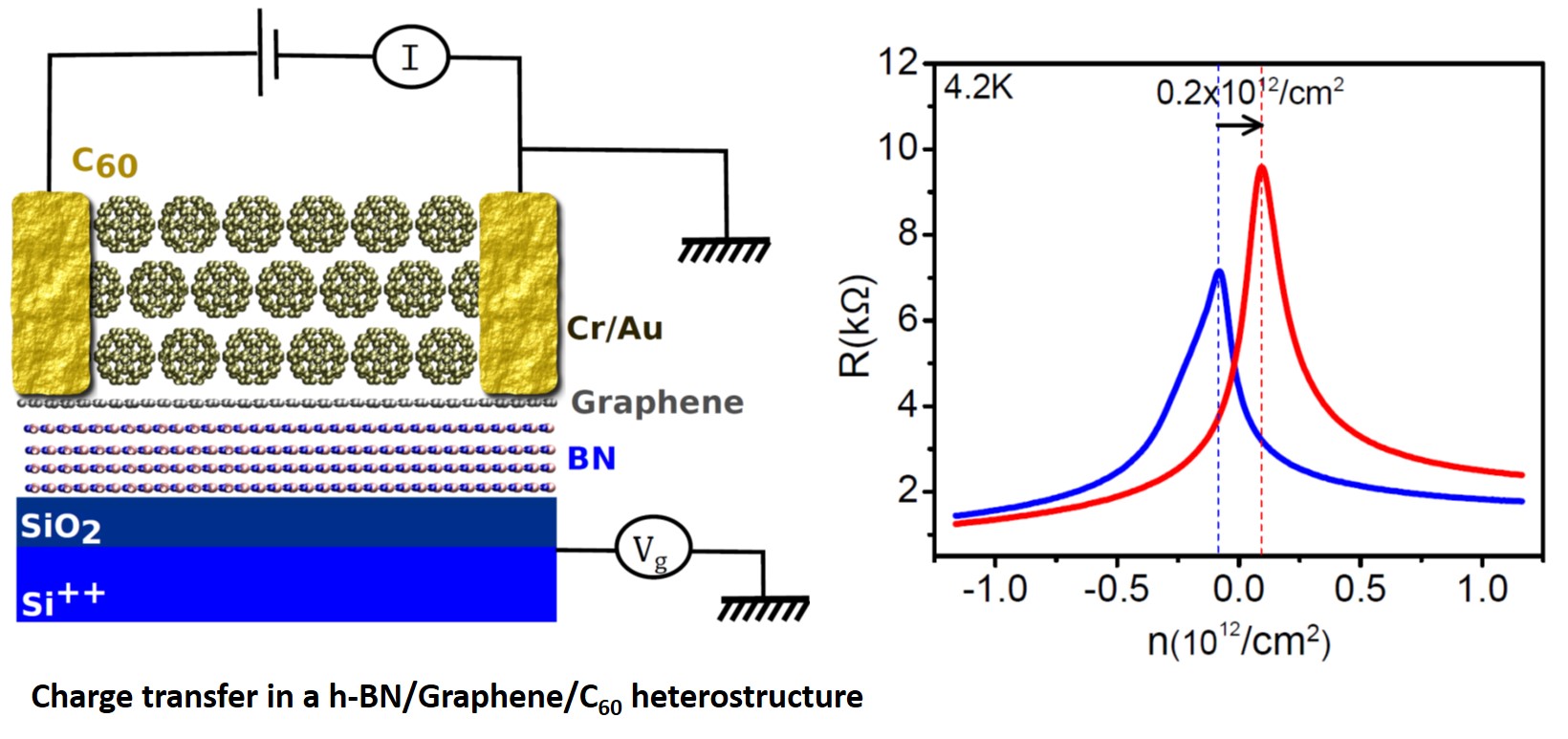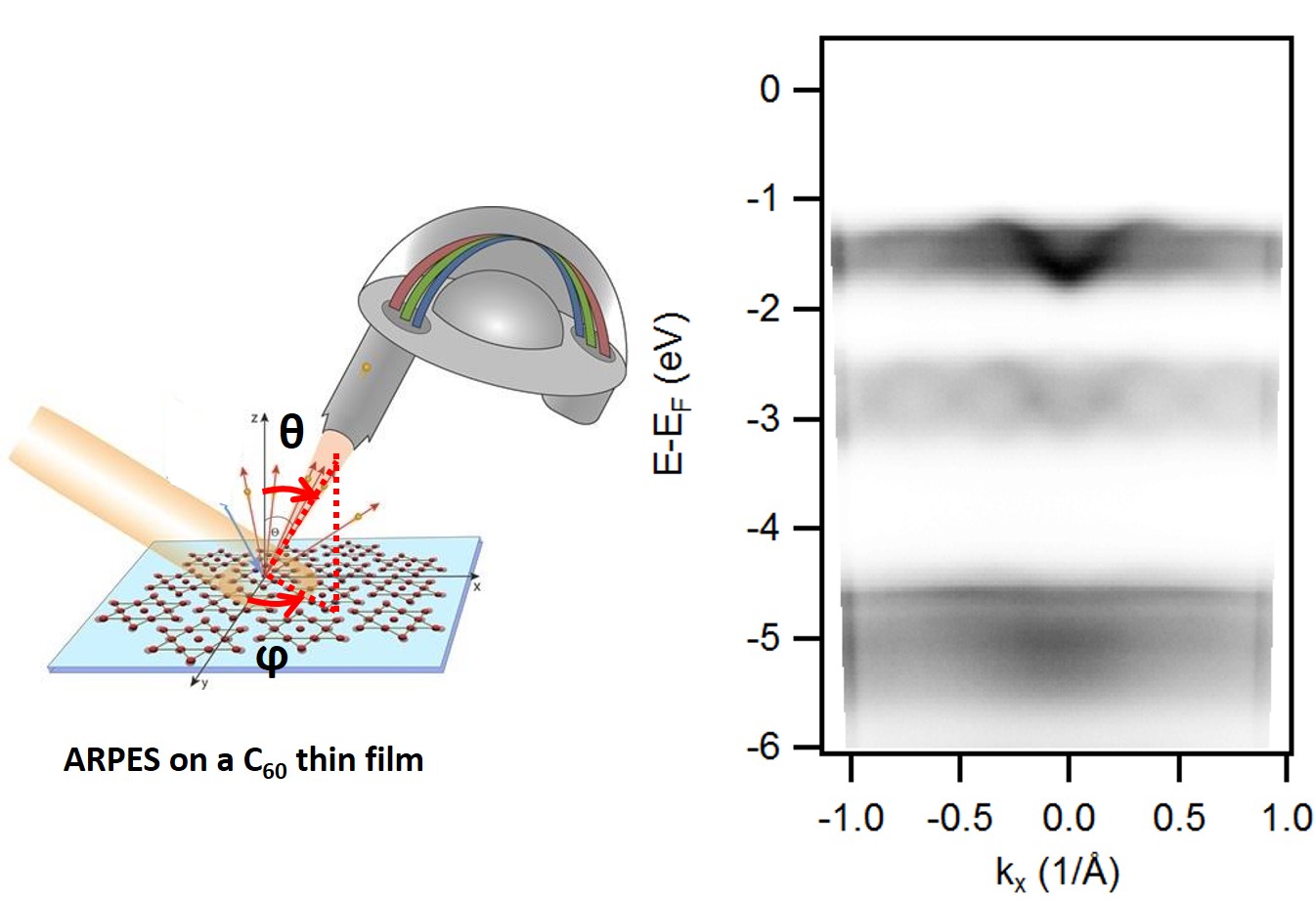Welcome to the nanoelectronics group at CSULB!

Welcome! We are a new research group at the Department of Physics and Astronomy at California State University, Long Beach. We are interested in the exciting phenomena occurring at the nanoscale, from the quantum coherent behavior of electrons in layered materials to the macroscopic effects ruling electrons living in two dimensions. We are excited by materials that are "layered" because we can reduce their dimensionality, which brings a wealth of phenomena characteristic of 2-D systems and opens the door to experimental techniques that are not possible for their parent crystals. Layered materials have originated a lot of excitement since the appearence of graphene, the first truly 2-D crystal. They can be found in the form of semiconductors, insulators, topological insulators, strongly correlated materials and more, offering a large variety of physical phenomena and lots of possibilities for electronic devices. Layered materials can be stacked together to form heterostructures, that are held together through Van-der-Waals forces. These heterostructures are ideal platforms to induce novel phenomena at the interface. Using techniques of nano fabrication, electronic transport at low temperatures and angle resolved photoemission spectroscopy (ARPES) we are able to address questions of interested in fudamental physics and relevant in the advance of electronics.
Electron transport at low temperatures
Using a closed cycle dry cryostat, we perform experiments that allow us to sense different phenomena at the nanoscale, like quantum coherence of electrons as well as macroscopic effects. We build nanodevices that are brought to temperatures as low as 300mK and magnetic fields as high as 12 Tesla, which allow us to explore regimes of quantum coherence as well as Hall effect regimes.

ARPES - Angle-Resolved Photoemission Spectroscopy
Using the energetic light of a synclothron, we are able to elucidate and manipulate the band structure of our layered materials. The intense light produced by the synchrotron is incident in our sample, where photoelectrons are emitted in all directions, as in the photoelectric effect. An electron energy analyzer measures the kinetic energy of the emitted electrons at a given energy direction and the momentum of the electrons can be completely determined from their energy. The momentum components parallel and perpendicular to the sample surface are obtained in terms of the polar and azimuthal emission angles defined by the experiment. Energy and momentum conservations laws lead to the dispersion relation of the electrons inside the sample and therefore the band structure of the material.
We perform our experiments at the Advanced Light Source at the Lawrence Berkeley National Lab in collaboration with the Lanzara group.
Using organic molecules and dopants we are able to tailor the properties of our materials in-situ.
